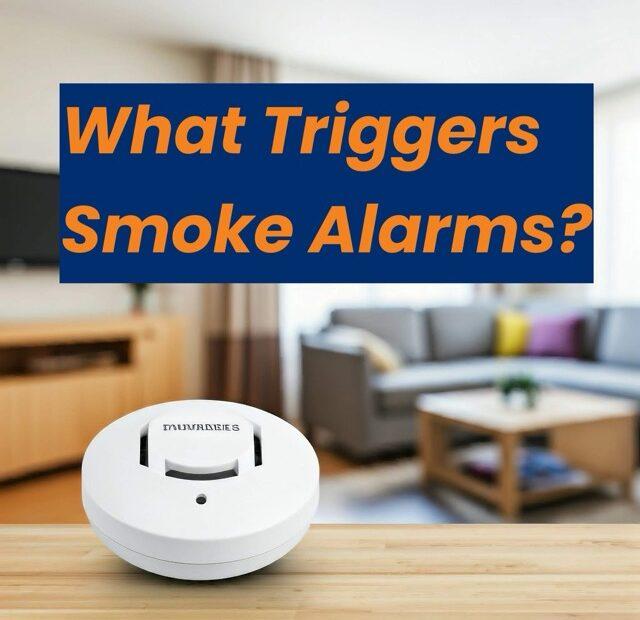Smoke alarms are essential safety devices that detect the presence of smoke or fire in homes. They serve as an early warning system, alerting us to potential fire threats. While their primary function is to detect smoke, there are several triggers, both expected and unexpected, that can trigger smoke alarms. Understanding these triggers can help people ensure that their alarms function correctly while minimizing false alarms. Below is a list of scenarios where smoke alarms might be activated.
1. Smoke: The Primary Trigger
The most obvious and intended trigger for a smoke alarm is the presence of smoke, which is often an indication of fire. Smoke alarms typically use one of two detection technologies: ionization or photoelectric sensors.
- Ionization smoke detectors are more responsive to flaming fires with smaller smoke particles. These alarms contain a small amount of radioactive material between two electrically charged plates. Smoke particles disrupt the current, triggering the alarm.
- Photoelectric smoke detectors, on the other hand, are more responsive to smoldering fires. These alarms contain a light beam aimed at a sensor. When smoke enters the chamber, it scatters the light, triggering the alarm.
In either case, the presence of smoke, whether from an open flame or a smoldering fire, will activate the alarm to warn us of danger. In Singapore, the common type of smoke detectors is that of photoelectric. Here’s more info on the difference between the ionization and photoelectric smoke detectors.
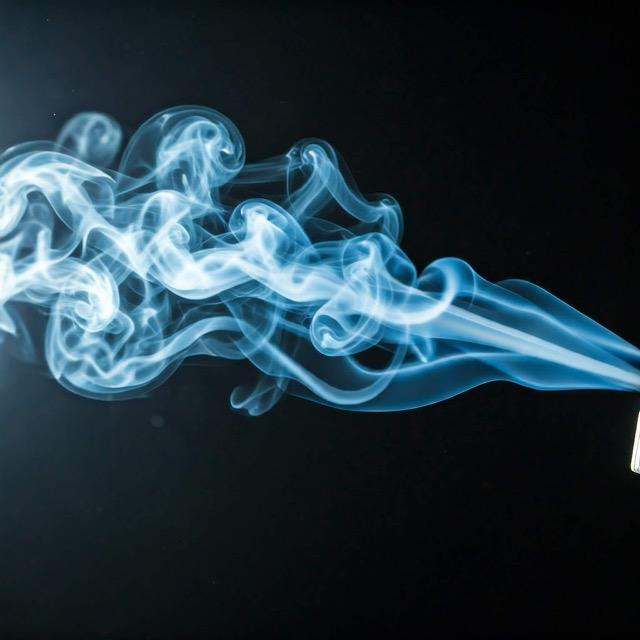
2. Cooking Fumes: A Common Cause of False Alarms
One of the most frequent causes of accidental smoke detector activation is cooking. High levels of heat, steam, or smoke from burnt food can easily trigger the alarm. Frying, grilling, or broiling at high temperatures can produce smoke even when no fire is present. This is especially common in kitchens where ventilation is inadequate, and smoke lingers in the air.
Worth noting that we do not recomment smoke alarms to be installed in kitchens because of the above reasons. Heat detectors would be more suitable for kitchen installation to detect fire threats as they do not depend on smoke to be triggered, instead they rely on excessive heat detection.
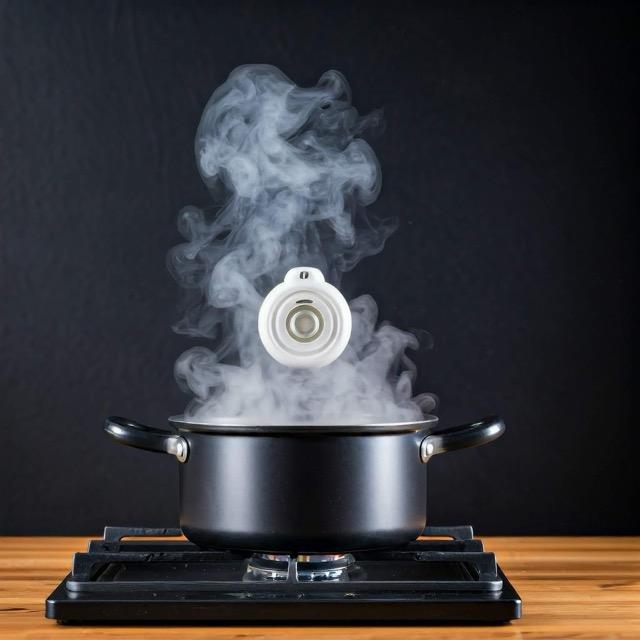
3. Steam and Humidity: Surprising Triggers
Another common cause of smoke alarm activation is steam. While steam is not smoke, the particles it contains can be dense enough to scatter light in a photoelectric alarm’s detection chamber, mimicking the effect of smoke. This is why alarms located near bathrooms are often triggered when someone takes a hot shower and steam escapes into the hallway.
High humidity levels can have a similar effect. Humid air contains moisture droplets that can interfere with the sensor’s ability to detect smoke particles, resulting in a false alarm. To prevent this, it is recommended to avoid placing smoke alarms in bathrooms or near sources of excessive moisture.
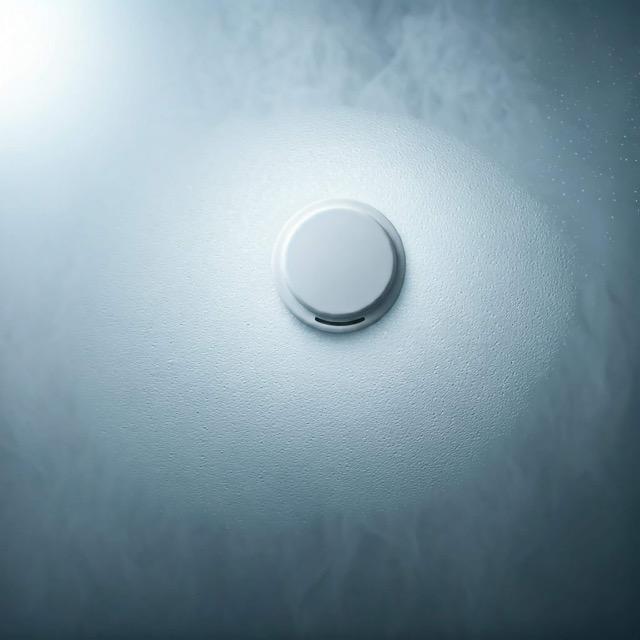
4. Dust and Dirt: A Less Known Factor
Dust can also trigger smoke alarms, especially in environments where there is heavy dust buildup. Similar to how smoke particles disrupt ionization or scatter light in photoelectric alarms, dust can have the same effect. Over time, dust can accumulate inside the alarm, blocking the sensor and causing it to activate erroneously.
Regular maintenance and cleaning of smoke alarms can prevent dust-related false alarms. Vacuuming around the smoke alarm and using a compressed air canister to clear out any dust inside the device are simple steps that can help avoid this issue.
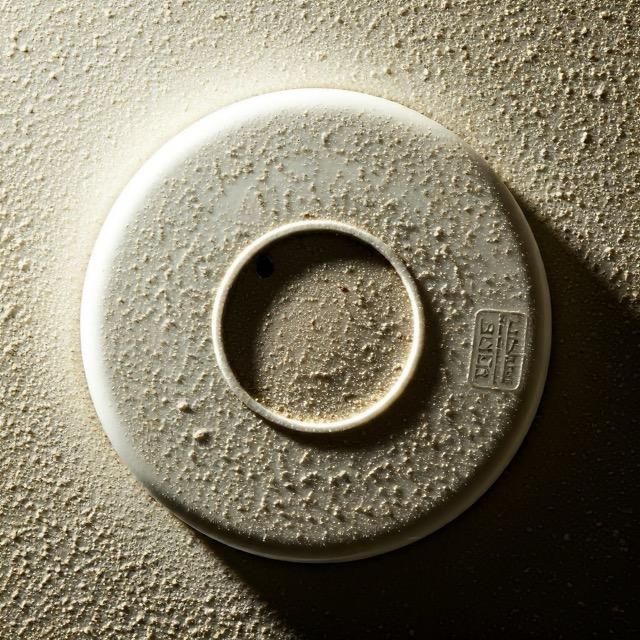
5. Wind
Wind can carry fine particles such as dust or pollen and these, too, can trigger smoke detectors. There is a much higher chance of smoke detector being activated when it is installed in a location where it’s subjected to a constant flow of air, breeze.
Note that the wind here can refer to both naturally sources as well as man-made such as ceiling fans. And it need not be a very strong flow. That’s why we always recommend installing them at locations where they are not in direct line of wind or at least 30cm from a man-made wind source such as ceiling fans or even air-conditioners.
We ever had customers that kept experiencing false alarms in a location seemingly free of wind and the spate of false alarms only stopped after we moved the location of their smoke detectors to an alternate one.
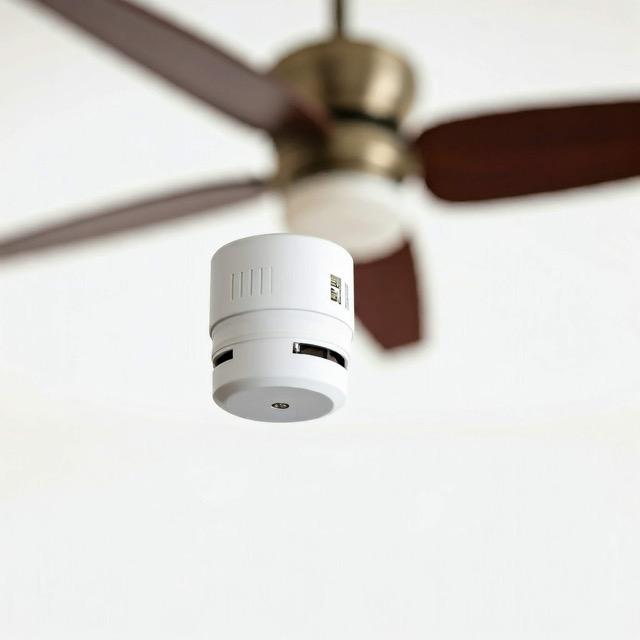
6. Aging or Faulty Smoke Alarms
Smoke detectors are not designed to last indefinitely. Most have a lifespan of about 10 years, after which their sensors may become less reliable. As smoke alarms age, they may begin to malfunction, producing more frequent false alarms or, worse, failing to detect actual smoke. Replacing detectors when they reach the end of their lifespan is critical to ensuring our safety.
This is also why it’s worth setting a reminder 10 years from the time your smoke detector is installed in your calendar, to remind you to purchase a new smoke detector when the time comes.
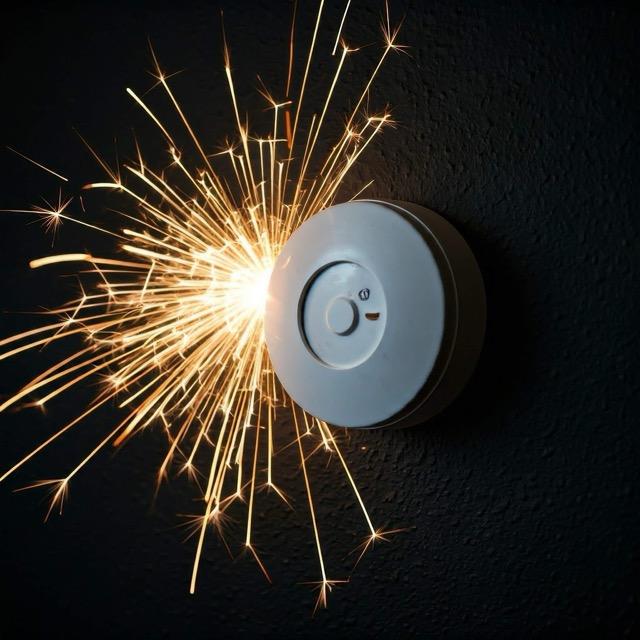
Conclusion
Smoke alarms are indispensable in protecting our lives by detecting the presence of smoke or fire. However, they can also be triggered by a range of non-fire-related factors such as cooking fumes, steam, humidity, dust, wind, electrical issues, and aging. Understanding these potential triggers allows us to take proactive steps, such as regular cleaning and maintenance, choosing appropriate alarm locations, and replacing aging units, to minimize false alarms while ensuring that smoke alarms remain effective in detecting real danger.
Click here to read more about where to install your smoke detectors.
